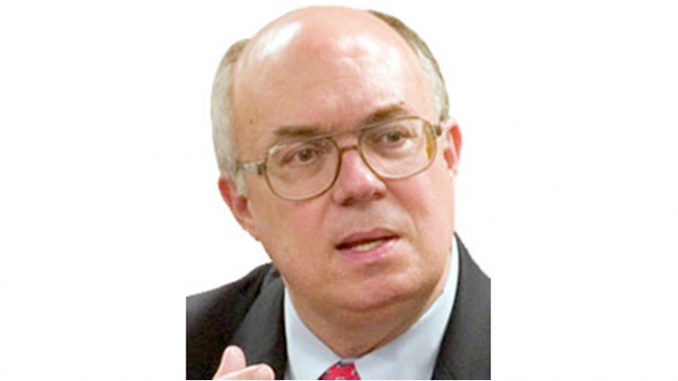
BY ELAINE GOODMAN
Daily Post correspondent
Bay Area voters face a steady stream of tax increases proposed each election by cities, counties and school districts.
For the most part, elected officials are happy to ask voters for tax hikes, which they see as a way to pay for transportation projects, affordable housing, or infrastructure, as a few examples.
As a result, the sales tax had climbed to 9% in Santa Clara County as of October and 8.75% in San Mateo County. It is even higher in some cities within those counties. Hotel tax in Palo Alto has shot up to 15.5% with voter approval of a tax increase in the November election.
But occasionally a politician will say enough is enough when it comes to taxes. That was the case in June, when Santa Clara County Supervisor Joe Simitian cast a deciding vote against putting a measure on the November 2018 ballot to raise the county’s sales tax by a half cent.
Supervisor Mike Wasserman also voted against putting the measure on the ballot. The ballot measure needed approval from four of the five supervisors to move forward. Despite the decision’s implications, the vote to quash the ballot measure received little media attention.
The half-cent sales tax would have raised about $200 million per year for the county to use for any purpose. Some priority areas identified for the spending were law enforcement, mental health services, affordable housing, and services for the homeless, seniors and families. Supervisor Dave Cortese said it was an ideal time to ask voters for a tax increase that would “take this county to the next level.”
But in explaining his vote against the tax measure, Simitian said he had watched the county’s budget balloon by 57% from 2012 to 2017, to about $7 billion. The county population increased only 6% during that time, Simitian said, and inflation, more people accessing health care, or “catching up” after budget cuts during the recession didn’t fully explain the large increase.
“(I) asked myself could I go to the public and say we need a half-cent sales tax that generates $200 million a year when during the five years that I had been here … the budget had increased by $2.5 billion,” Simitian said. “And I thought, I can’t make the case.”
The burden on taxpayers was another issue for Simitian.
In 2016, voters approved Measure B, a half-cent sales tax in Santa Clara County for the Valley Transportation Authority to use on transportation projects. The state authorized a 12-cent-per- gallon gas tax in 2017, as well as an increase to the vehicle license fee last year. Voters also agreed to a series of toll increases on Bay area bridges that began this year.
A regressive tax
And a sales tax is a regressive tax, hitting lower-income residents harder, Simitian said.
“Given all of those other burdens that have very recently been added on working families, people of modest means, lower-income folks, to move forward with a regressive sales tax, I think, would do them a disservice,” he said.
And although supervisors could name projects that they believed were most in need of additional funding, Simitian noted that the funds raised by a sales tax increase could be spent in any way.
“It’s not a special tax, so that means that while there are all these worthy things that each one of us will be an advocate for, there’s no assurance that the money would be spent on those things, no assurance as to what the funds would actually be spent on or how they would be used,” he said.
Smaller tax extended
Instead of the half-cent sales tax measure, supervisors decided to ask voters to extend the county’s existing one-eighth cent sales tax, which was set to expire in March 2023. The sales tax extension, which appeared on the November ballot as Measure A, was approved with 74.2% of voters in favor. A majority vote was needed.
According to the Measure A language, the tax will generate about $50 million a year, which could be used for purposes “such as” law enforcement and public safety; trauma and emergency care; affordable housing; services for the homeless, seniors, and families; agricultural preservation; and mental health services.
Although the Santa Clara Board of Supervisors opted against the half-cent sales tax ballot measure last year, voters could soon be facing other sales tax measures.
In particular, Caltrain is gearing up to put a one-eighth-of-a-cent sales tax on the 2020 ballot in the three counties it serves, San Francisco, San Mateo and Santa Clara.



